Earwax Management
Earwax, also known as cerumen, is a secretion of the skin glands of the outer third of the ear canal. Earwax is made up of a good dose of sebum (a secretion made up of mostly fats), skin cells, dirt and sweat. Their purpose is to clean and protect the ear by trapping debris and other foreign particles that could harm the deeper structures, such as the eardrum. The acidic nature and enzymes in earwax make them potent antimicrobial agent to prevent bacteria or fungi from infecting the ear.
There is usually no need to remove earwax, as the skin in our ears grow outwards, carrying any debris with it; also assisted by jaw movements as we talk and chew, earwax would eventually fall out of the ear on their own.
In some cases, earwax can build in excess and result in impaction. Some risk factors include anatomical deformity, dermatological conditions affecting the ear, hairs in the outer ear canal, physical barriers (e.g. hearing aids, ear plugs), use of cotton buds and increasing age. Impacted earwax may present symptoms such as temporary hearing loss, earache, sensation of fullness and tinnitus.
If you experience any of these symptoms, check with your doctor to confirm if earwax is causing the problem and for advice on a suitable and safe earwax removal treatment. There are several methods, which your ENT, GP or Audiologist can use to safely remove excess earwax from the ears –
Microsuction
Microsuction involves using a small suction tube connected to a vacuum pump which is placed in the ear canal to gently pull earwax and any foreign debris outwards. This method seems to be better tolerated by most people; adverse risks are minor and less common, as your doctor or audiologist have direct vision into the ear canal via a binocular microscope. This allows for safer and more accurate earwax removal using the low pressure suction. As no water is involved with the procedure, the risk of an ear infection is significantly reduced; it is also safe for ears with perforated eardrum or grommet.
Curettage
Curettage involves using a long, curved tool to gently scrape earwax out of the ear. In this procedure, your doctor or audiologist can look into the ear through their binocular microscope to ensure safe and accurate removal of earwax from the ear. This method can be used in conjunction with microsuction, particularly if the wax is hard and impacted.
Irrigation
Irrigation utilises water via a syringe or an electronic irrigator to flush earwax out of the ear. It is a safe and effective approach for many patients; however there are increased risks for those with immucompromise, diabetes and poor compliance, which are more prevalent in the ageing populations.
Radford, J. C. 2020. Treatment of impacted earwax: a case of increased community-based microsuction. BJGP Open. 2020; 4(2): bjgpopen20X101064.
National Guideline Centre (UK). Hearing loss in adults: assessment and management. London: National Institute for Health and Care Excellence (NICE). 2018; Guideline No. 98(10) Management of earwax.



